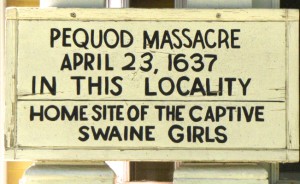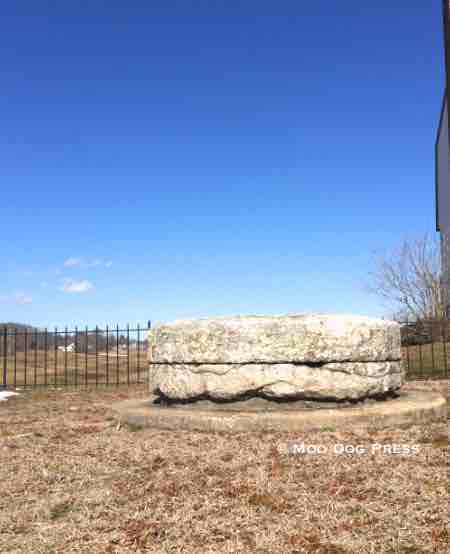Time Walk: Deerfield Indian Door, Ivoryton, Swaine Sisters, Tidal Sky
“…the inclusion of indigenous people in public spaces–as scholars, authors, curators, museum professionals, teachers, and speakers–ensures that in the future, a Native perspective will always inform in the interpretation of Deerfield's history. It is their story too.” –page 242, The Deerfield Massacre by James L. Swanson
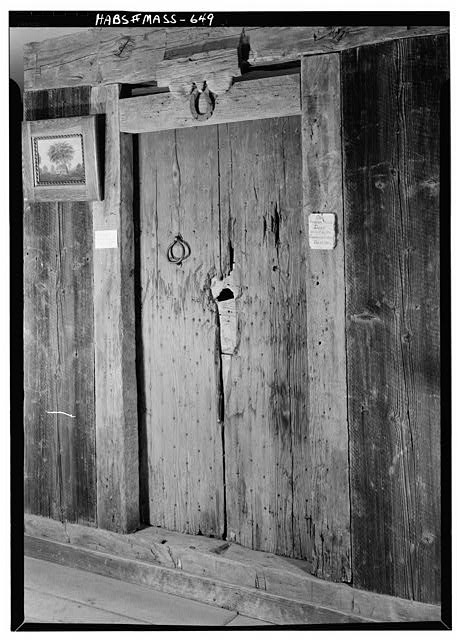
Fragments of original house, demolished in 1848.
Significance: The “Old Indian House” was built in Deerfield about 1698 for Capt. John Sheldon. It survived the massacre of 1704, when about half of the village was burned, and remained intact except for deterioration until 1848, when it was demolished. Several fragments are now preserved in Memorial Hall in Deerfield. That horseshoe above the door is mentioned in the book by Swanson; a fascinating read.
No one taught this history in school. Boy, is it fascinating.
Change is life. Let's move it, learn, adapt and grow. Juggle feeds and transfer content.
Read, read, read. Walk, think; explore. Learn, apply, break. Try again. Libraries and people. News. Code. Aerospace feeds. Grow. Connect.
It's a week and a bit but feels like a century. So to contrast today with what humans have faced previously, history walk. Ivortyon is the pick of three choices offered that day; here we go.
“The people are surrounded by a dark and dangerous wilderness, by wolves, and—some believe—by witches.”
#SundaySentence
James L. Swanson 📖 Prologue
— Moo Dog Press (@moodogpress.bsky.social) Nov 17, 2024 at 10:18 AM
Reading this book about Deerfield (a title in the new books section recommended spontaneously by a fellow Essex Public Library patron. Thank you, thank you. Readers should know that the same fellow reader also pointed out the Essex Land Trust spiral-bound book of walks, preserves. Purchased on the spot; $15. At the library check-out desk. More about that in another story.)
Ivoryton walk on Essex Land Trust property, boardwalk, history of the town on interpretive signage. Mulling over all. Good company walks beside, in front, behind, and with me; on two legs, four legs. After a jaunt, to the Ivoryton Library.
Ivoryton’s library.
— Moo Dog Press (@moodogpress.bsky.social) Nov 15, 2024 at 5:51 PM
#water #history
— Moo Dog Press (@moodogpress.bsky.social) Nov 16, 2024 at 10:12 AM
Language reveals much. Let's observe place names and rivers with a fresh pair of eyes. Stories and observations written down become a ship that sails into the future. Education. Context depends on point of view, where the writer is standing plus culture, filters.
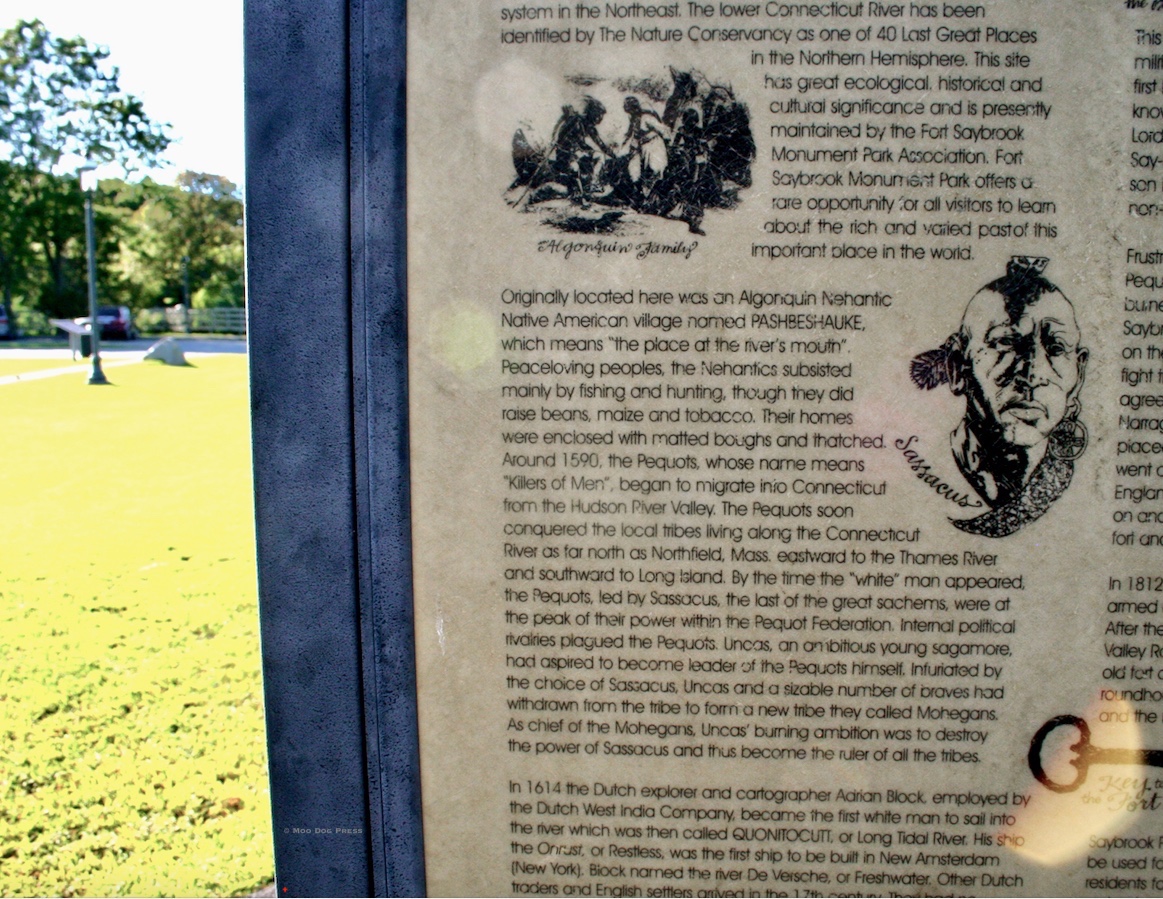
Portion of signage at Fort Saybrook Monument Park, Old Saybrook, Connecticut. There is a walk/bike route to view the deep human history in this area, which includes Connecticut River and Long Island Sound.
“History is a gallery of pictures in which there are few originals and many copies.”
Alexis de Tocqueville
Huh.
From new feeds to driving around the lower Connecticut River Valley: Old Saybrook, Deep River.
Looking up, there goes a seaplane likely landing on the Connecticut River. Wishing for an aerospace alley trail to follow. The history and innovations keep cropping up. Jot down, may cultivate this into bloom at a future day. Meanwhile, the news ticker that is/was Twitter is changing. Skip, hop, let's look at a new window, move our chair.
Bluesky, hello.
I created three lists devoted to Aviation, Defense & Space Journalists and Media. Always looking for new additions. Wish it was easier for people to follow lists on Blue Sky.
Aviation Media
bsky.app/profile/did:…Defense Media
bsky.app/profile/did:…Space Media
bsky.app/profile/did:…— Isaac Alexander (@jetcitystar.bsky.social) Nov 15, 2024 at 12:39 AM
(How to embed? Here's the link: https://embed.bsky.app/).
So who are the “Swaine girls” and why were they captured? Clearing the murk of time takes some doing and plenty of reading. This is part of what was found:
“On the 22 February Lieutenant Gardiner and nine men went out of Saybrook fort and were drawn into an ambush where four of them were killed and the rest escaped with great difficulty. On April 12 six men and three women were killed at Weathersfield (sic). They at the same time killed 20 cows and a horse and carried away two young women.” – from Biography and History of the Indians of North America: From Its First Discovery To Present Time by Samuel Gardner Drake published 1836.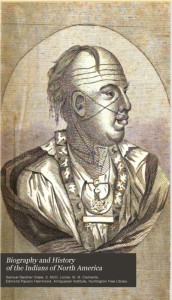
So a fort at Saybrook and a man named Lion Gardiner (spelling is not always consistent in documents from the past, so bear with this on our journey) enter the drama. Here sketched in is what happened and where, with spelling and capitalization left as it appears in the book.
“…Messatunck, a subordinate chieftain, surprised the people as they were going into the meadow killing six men and three women and taking two young girls prisoners besides killing 20 cows and doing much other damage.
“Originally located here was an Algonquin Nehantic Native American village named Pashbeshauke, which means ‘the place at the river’s mouth’. Peace-loving peoples, the Nehantics subsisted mainly by fishing and hunting, thought they did raise beans, maize and tobacco.”
Remembering Wethersfield and long ago while covering an event, almost falling into what likely was an outhouse cavity or former shed depression. Later reading about a fort there because the visitor center in Wethersfield was then being excavated for an expansion. (Here's some context in a story by Tom Soboleski (March 20, 2019) with an illustration of Wethersfield when it was wilderness.) Here's another story with photographs of artifacts.
More reading and between palisades, forts, corn stores taken at Cape Cod, what unfurls is this is a nation built on slavery and genocide. Harsh. Life then was brutal. Not only weather, but disease, hardships, attacks and battles (depending on perspective, either invaders taking land or hostile people outside trying to get in). Children murdered on the spot, shots fired, scalpings. Lots and lots not understood on either side. Reading is immersion in what happened and the time that passed since. Coming up for air and looking around at windows, vaccinations, clean water. Heat. Indoor plumbing. Plentiful food and the riches of health solutions, a roof and snug home lined with books–with different eyes.
Note: A portion of this story previously appeared in May 2020.

